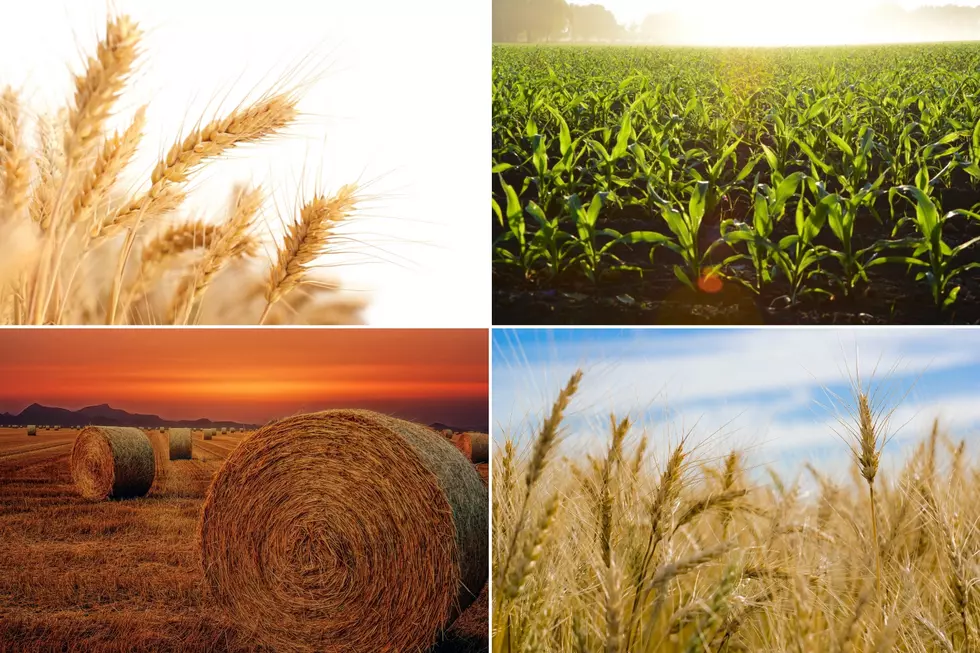
Federal Agencies Propose Strategy For Reduced Food Loss and Waste
The draft of a national strategy to reduce food loss and waste in the United States by 50% by 2030 has been released jointly by the U.S. Food and Drug Administration (FDA), U.S. Department of Agriculture (USDA), and U.S. Environmental Protection Agency (EPA). The strategy is part of the Biden-Harris Administration’s National Strategy on Hunger, Nutrition and Health, released in conjunction with the historic White House Conference on Hunger, Nutrition and Health in September 2022.
Food waste acknowledged as major factor in US
The FDA claims that almost 100 million tons of municipal waste stream (over one-third of the total) is organic waste, with food comprising 66 million tons of that waste. The USDA also acknowledges that the United States has a food waste rate of about 30-40%. While there is no unified federal estimate, all agencies agree that there is significant recoverable waste throughout the food supply and distribution chain.
Draft promises social and economic benefits
The drive to reduce food waste through the National Strategy will, according to the federal agencies, have the potential to:
- Increase food access for food-insecure Americans and increase the recovery rate and donation of wholesome food, such as through the emergency food system.
- Create new jobs, industries, and sectors of the economy.
- Increase supply chain resiliency.
- Deliver financial savings to households, which can also help address the needs of underserved communities.
Public comment encouraged for 30 days
The public comment period will begin on December 5 and will remain open for 30 days. Share comments through Regulations.gov, Docket ID No. EPA-HQ-OLEM-2022-0415.
Expert Looks at the Global Impact of Food Waste
The four objectives of the draft National Strategy
The Draft National Strategy for Reducing Food Loss and Waste and Recycling Organics is divided into four objectives, summarized below.
Objective 1: Prevent the loss of food where possible.
Strategic actions toward this objective include optimizing the harvest or collection of raw commodities and foods, and reducing food loss in food manufacturing/processing, storage, and distribution.
This objective highlights the work of The Emergency Food Assistance Program (TEFAP) Farm to Food Bank Projects, the Farm Storage Facility Loan Program, the Local Agriculture Market Program (LAMP), the Community Food Projects (CFP) Competitive Grants Program, and the Agricultural Research Service (ARS).
Objective 2: Prevent the waste of food where possible.
With advisement from the National Academies of Sciences, Engineering and Medicine’s A National Strategy to Reduce Food Waste at the Consumer Level, these extensive strategies are built to reduce waste further down the supply chain.
Actions include developing and launching a national education and behavioral change campaign; educating children and youth about food waste reduction strategies; encouraging best practices in schools to reduce food waste; partnering with private sector to find upstream solutions; and facilitating food donations to improves access to healthy and affordable food.
The plan also desires to reach these objectives:
- Research and identify and address unique drivers of U.S. food loss and waste and the incentives to reduce it.
- Invest in behavioral science to determine the most effective strategies to change household behaviors related to food waste.
- Test new approaches in the United States and abroad, identify technology-based solutions, and facilitate sharing of best practices to reduce food loss and waste among retailers, manufacturers and food service providers, including in their supply chains.
- Participate in international forums to share best practices, data and tools.
Objective 3: Increase the recycling rate for all organic waste.
The USDA and EPA will lead on this objective, aiming to improve organics recycling along the entire food supply chain.
Strategies planned include supporting the development of additional organics recycling infrastructure through grants and other assistance for all communities, especially those that are underserved; expanding the market for products made from recycled organic waste; enhancing support to advance de-centralized (i.e., community-scale and home composting) organics recycling; building, refining, and sharing tools and data to aid decision-making about infrastructure investments, waste management policies, and waste management pathway destinations; and addressing contamination in the organic waste recycling stream.
Focus has been placed on programs such as the Office of Urban Agriculture and Innovative Production’s (OUAIP’s) Composting and Food Waste Reduction (CFWR) cooperative agreements, the Solid Waste Infrastructure for Recycling Grant Program (SWIFR), the Recycling Education and Outreach Grant Program (REO), and Natural Resources Conservation Service (NRCS). The EPA will also promote its "Wasted Food Scale."
Objective 4: Support policies that incentivize and encourage food loss and waste prevention and organics recycling.
25 states added food waste legislation in 2021 alone; the federal agencies wish to continue to support this movement in the United States as well as internationally.
This objective's sole planned action is supporting international, tribal, territory, state, and local policymakers aiming to build more circular economies, while offering federal level subject expertise, guidance, and funding.
If you are interested in reading the full draft, it is available here.
12 Things You Should NEVER Recycle
Gallery Credit: Boris
Washington's Top 10 Commodities
Gallery Credit: Danielle Kootman
The 12 Worst Oregon Counties for Homelessness
More From PNW Ag Network









